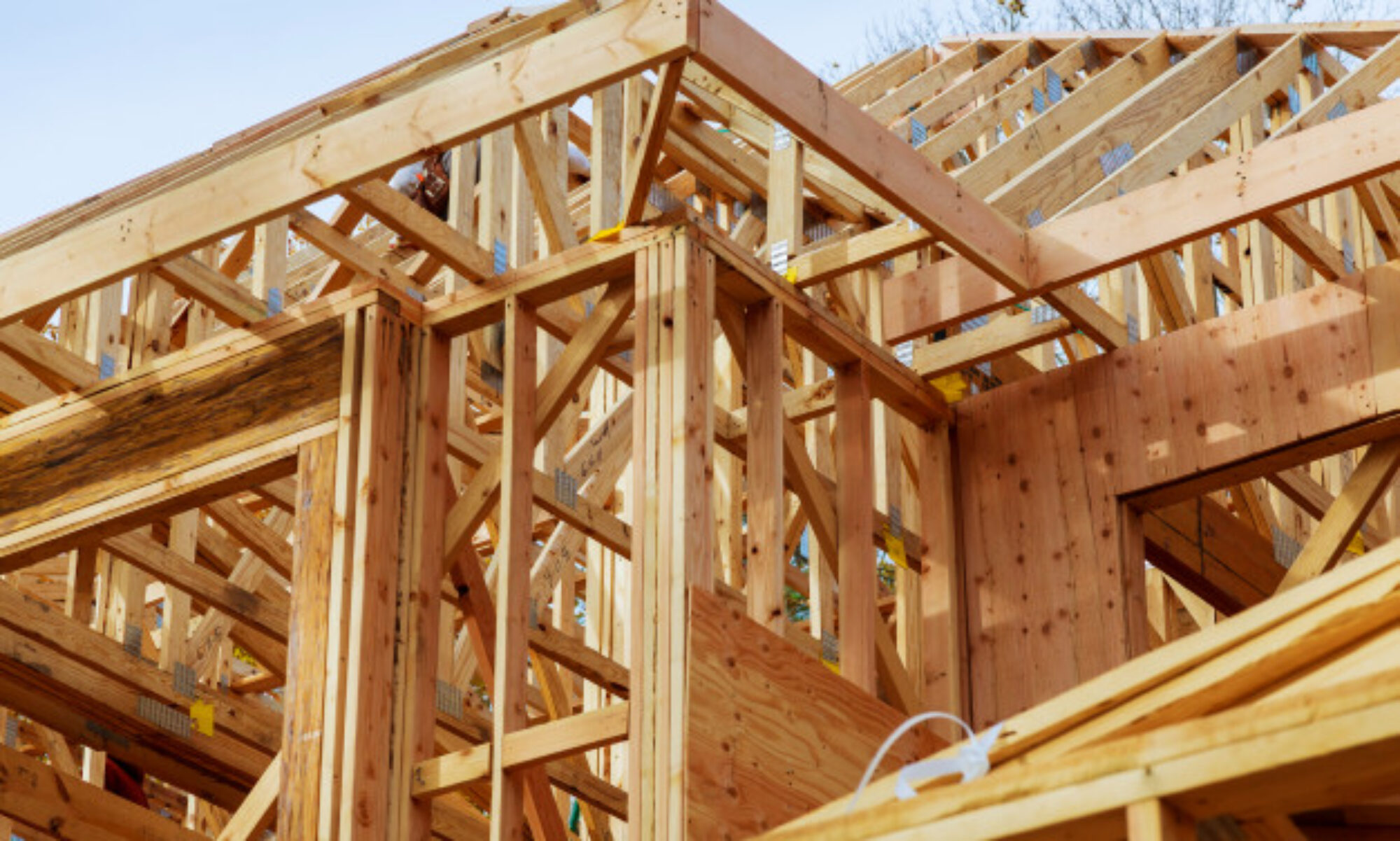What are the rough opening dimensions for a knockdown hollow metal frame?
The rough opening is 2 in the width & 1 in the height.
What is the rough opening for a knockdown hollow metal borrowed lite?
The rough opening is 2 ½ in the height and 2 ½ in the width.
How is the throat size determined for a hollow metal frame?
The throat size is determined by the wall thickness. The following are common wall compositions and their throat size:
- 2 1/2 metal stud with 1 layer of 5/8 sheetrock both sides 3 ¾
- 3 5/8 metal stud with 1 layer of 5/8 sheetrock both sides 4 7/8
- 3 5/8 metal stud with 2 layer of 5/8 sheetrock both sides 6 1/8
- 6 metal stud with 1 layer of 5/8 sheetrock both sides 7 ¼
- 8 block 7 ¾
Why are some fire ratings listed as hourly, other as letters?
Assemblies bearing specific time intervals perform satisfactory under a fire test at the stated time interval in accordance with the requirements of the test. The alphabetical letter designation is one method employed to classify the opening for which the fire door is considered suitable.
- Class A (3 hour) openings in firewalls that divide a single building into fire areas.
- Class B (1 ½ hour) openings in enclosures of vertical shafts and stairwells through buildings and in 2 hour rated partitions providing horizontal fire separations.
- Class C (3/4 hour) openings in walls or partitions between rooms and corridors having a fire resistance rating of 1 hour or less.
- Class D (1 ½ hour) openings in exterior walls subject to severe fire exposure from outside of building.
- Class E (3/4 hour) openings in exterior walls subject to moderate or light fire exposure from the outside of the building.
What is the largest size of visible glass that can be put into a fire rated door?
It depends on the rating. All glass used in fire rated doors must be listed glass, and be either ¼ wire or other listed material. Basic guidelines are as follows:
- 20 minute 1,296 sq. inches per lite with neither dimension exceeding 54
- 3/4 hour 1,296 sq. inches per lite with neither dimension exceeding 54
- 1 ½ hour 100 sq inches per door leaf max
- 3 hour flush door, no glass
What is required on a fire rated opening?
The door, door frame, hinges, lock or latch and closing device are all required on a fire-rated opening and each must be rated. There are two exceptions to this: latches are not required on 20-minute double egress doors in a healthcare facility and a closer is not required on the inactive leaf on pairs going into mechanical rooms.
In regards to electric strikes, what is the difference between fail- secure and fail-safe?
Fail secure electric strikes require power to be applied to unlock the strike lip. On loss of power, the strike is locked. Fail Safe requires the power to be applied to lock the strike lip. On loss of power, the strike is unlocked. Most building codes prohibit the use of fail-safe strikes on labeled openings.
In regards to wood veneer what is the difference between rotary sliced and plain sliced? What is quarter cut?
A rotary cut follows the logs annual growth rings, thus providing a general, bold, random appearance.
A plain sliced (also called flat cut) is sliced parallel to a line though the center of the log. The commonly seen cathedrals and straight grain patterns are the result. This cut of veneer is ideally suited for doors and wall panels, as a natural grain progression allows for matching within a door and with other doors and panels.
Quarter cutting produces a series of straight grained stripes. These stripes vary in width from species to species. In certain species, particularly oaks, flake patterns are produced. Flakes are commonly seen in antique oak doors and furniture.
